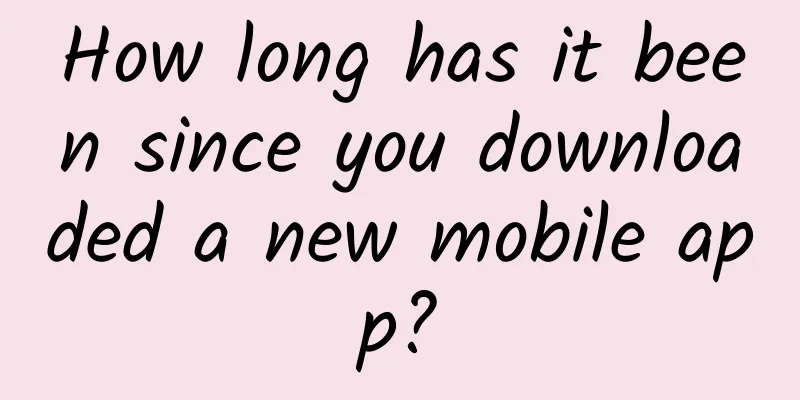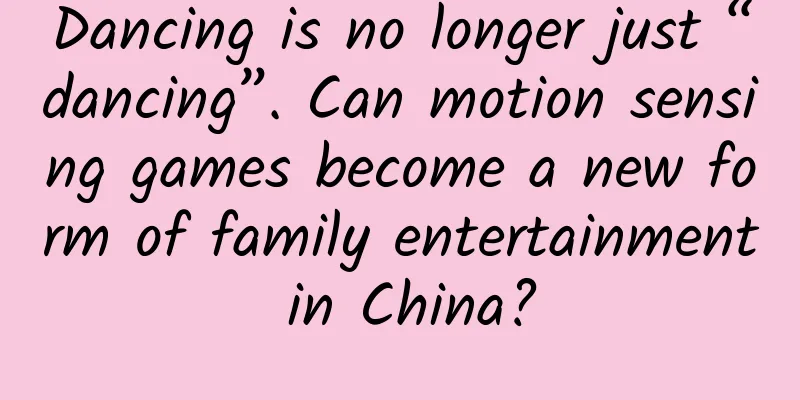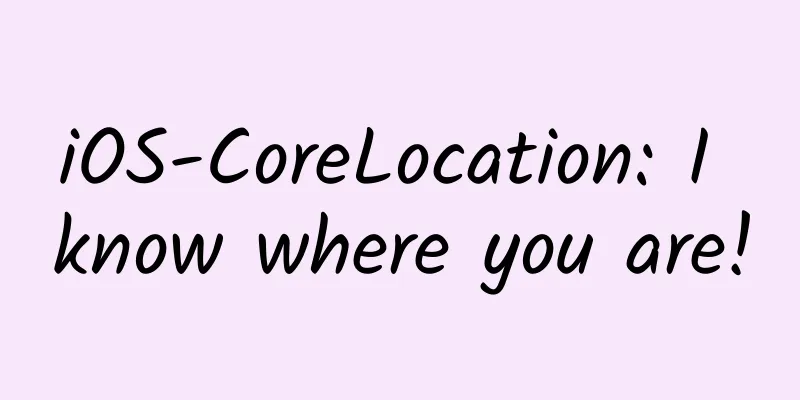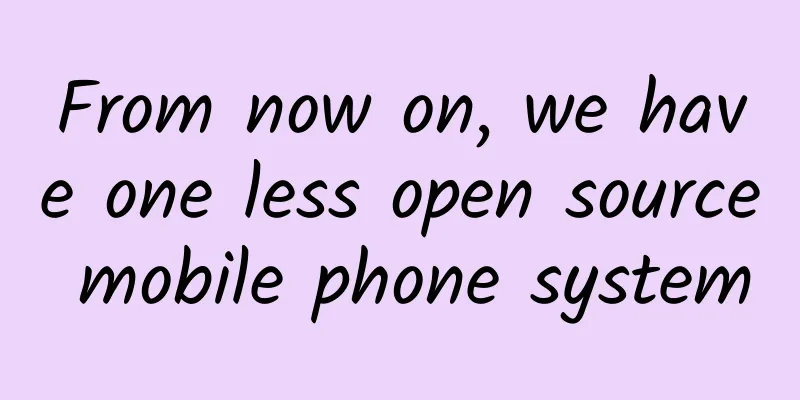MIUI head Hong Feng tells you why MIUI7 is like this
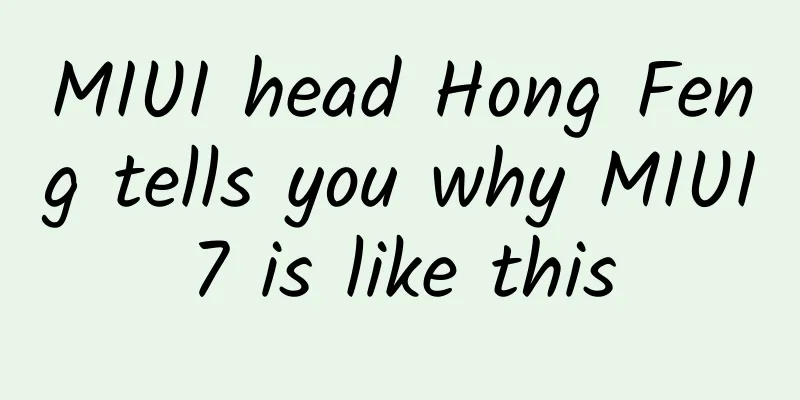
|
After Xiaomi's press conference on August 13, the most controversial topic was probably MIUI 7. So much so that Xiaomi specially arranged for Hong Feng, the head of the MIUI department, to answer questions from users and the media on the afternoon of August 17. In this small Q&A event, Hong Feng expressed his views on the MIUI underlying system version, the lack of highlights in updates, system personalization, and other issues. Why don’t all MIUI 7 use Android 5.x, and some will still be based on Android 4.4.4? For many mobile phone players, this is probably what they care about most. A MIUI user who is familiar with the mobile phone industry even regards this as the most serious problem of MIUI 7. However, in Hong Feng's opinion, the main purpose of this choice is to allow more users to use the new features of MIUI 7. Hong Feng explained that Xiaomi will try its best to update the underlying Android system, but when MIUI is adapted to various Xiaomi models, the entire process is not completely controlled by Xiaomi alone. This process may require the coordination and cooperation of Qualcomm, MTK, and even some component manufacturers. Therefore, in order to avoid the problem of slow adaptation of old models to the new system, MIUI 7 has adopted this method this time to allow more users to use the new features of the new system.
MIUI 7 lacks highlights In addition to the underlying adaptation issues of the Android system, another evaluation of MIUI 7 is that the new system lacks highlights, and many users feel that there are not many changes after using it. Regarding this issue, Hong Feng also admitted that MIUI 7 did not have much UI change, but at the same time he also emphasized that MIUI 7 actually has many features that users cannot immediately feel intuitively. In addition to the fonts mentioned at the press conference, there are some things that are difficult to explain clearly at the press conference, so they were not mentioned. For example, now mobile phones have multiple cores, how to make good use of these cores; when grabbing red envelopes, the internal requirement is to grab more than the iPhone, but since the iPhone needs to be jailbroken to execute the script, this comparison cannot be notarized, so it was not publicly mentioned at the press conference. If compared with MIUI 6, the biggest improvements of MIUI 7 are still faster and more power-saving. Although these two improvements are common demands of users, they cannot bring immediate intuitive feelings, which naturally makes some users feel that MIUI 7 lacks highlights. After answering these questions, Hong Feng also asked the users on site what they expected from MIUI. Interestingly, everyone's most consistent demand was for faster speed and longer battery life, but when MIUI went in this direction, it was criticized for having no highlights. In my opinion, those users who criticize MIUI 7 for lacking highlights are more likely to have a subconscious psychological reaction. Before seeing a new system, people will have certain expectations. If they find that the visible updates after seeing the system cannot meet their psychological expectations, the first reaction is naturally to complain. This problem actually happens not only to MIUI, but also to Android, iOS, and Apple Watch. Where is the personalization of MIUI 7 reflected? In the update of MIUI 7, one of the key words is personalization, and Hong Feng also elaborated on this point. In Hong Feng's view, personalization will be achieved by giving users more choices and adapting to various groups of people in terms of functions. Many features in MIUI 7 have invisible entrances. These features will only be intelligently recommended to you when MIUI thinks you need them, and will not be listed. For example, the baby album is actually an invisible entrance. When we find a child's face in the photo, it will remind you to create it. The same is true for the pet album. In addition, the MIUI team is still thinking about how to recommend large fonts to users who need them at the right time. According to Hong Feng's idea, each scene and each application should have more detailed designs, and these things should be matched together intelligently. From these statements, it can be seen that intelligent recommendation should also be one of the future evolution directions of MIUI. Of course, although Hong Feng gave his own answers to the questions that users are concerned about, not all MIUI users agree. For example, after listening to these statements, one MIUI user said that things like Android bottom-level adaptation can be done with a little effort, but Xiaomi does not have that awareness now. It suffers from the disease of a big company and is not tough on itself. |
<<: Efficient iOS Programming - Keep doing good things and turn them into habits
>>: Playing with Xcode: Modifying the comment template generated by the system
Recommend
During the epidemic period, how can the retail industry use [community operation] to break through?
I hope that today’s summary can bring a little in...
Tianwen-1 Mars orbiter continues to conduct multi-dimensional exploration two years after its launch
Shanghai, Feb. 10 (Xinhua) -- The Tianwen-1 Mars ...
International Energy Agency: Global Renewable Energy Market Report May 2022
A survey report recently released by the Internat...
Feeling depressed or irritable? This is how you should spend your quarantine life!
It has been quite some time since the outbreak of...
Why app design hurts app development
[[142621]] Mobile apps have become so ubiquitous ...
A person born after 1985 won the Nobel Prize and received top honor at such a young age. What did he rely on?
Recently, with the announcement of the 2024 Nobel...
These 4 overnight dishes are too dangerous. It is best to throw them away if you can't finish them.
It is said that "thrift is a traditional vir...
How to increase the click-through rate of the massive Qianchuan in the direct broadcast room?
“What is the acceptable click-through rate?” Rega...
Your ears are breaking down! Doctors from top three hospitals reveal the top ten invisible killers of hearing loss, and 90% of people are affected by the first one!
The ears of today's young people are "ea...
The complete TV series "Tang Brick" is free to watch. The complete TV series "Tang Brick" is free to watch online!
Introduction: "Tang Brick" is a time-tr...
Why don’t pineapples have seeds?
Now is the season for pineapples. When eating pin...
What exactly are user insights? How to do it?
I often hear people compare marketing to "te...
618 How much does it cost to rent Henan Mobile’s high bandwidth?
China Mobile is the largest network operator in C...
What kind of domestic car can you buy with 100,000 yuan? Car companies actually know you better than you do.
Looking at the current domestic car consumers, th...
